Our amazing performers were Crystal Maduh, Palou Ngaba, Madisyn Almond, Josiah Smalls-Marquez, Analena King-Sykes, Madison McGann, and Carwyn Ndegwa. Palou said, "This was a great experience. I loved when we laughed together because we knew we finally did it!"

|
|
|
Halstead's First Grade Advanced Academics Group performed their own original reader’s theater version of "Catwings", for parents and first grade classes. After shared readings of all four Catwings adventures, the group identified literary elements, distinguished important events from each book, and determined both character traits and feelings in order to create this production. Crystal, one of the first graders, said, "At first I was really nervous, but when I got to perform for my mom, I knew I did a great job." Our amazing performers were Crystal Maduh, Palou Ngaba, Madisyn Almond, Josiah Smalls-Marquez, Analena King-Sykes, Madison McGann, and Carwyn Ndegwa. Palou said, "This was a great experience. I loved when we laughed together because we knew we finally did it!"
0 Comments
Submitted by Laura Wurzbacher
2nd Grade Teacher, Church Lane Elementary School In second grade this year, we are focusing on a wide variety of skills to improve our reading fluency. Each week, we provide our students with a checklist for ELA with tasks that we work on throughout the week. One block on the checklist focuses specifically on improving our reading fluency skills. Using Vocaroo (a voice recording tech tool), our students record themselves reading their differentiated leveled texts. They then are able to copy and paste a web link that Vocaroo provides and use a BCPS One turn-in to submit their personal recording link to their teacher. Then, using a recording sheet, students listen to their recording and reflect on how they read in terms of the characteristics of fluent reading. We call this “Glows and Grows”, with glows being what the student feels that they excelled with and grows being what the student feels they can improve upon next time. Students are expected to determine whether each given characteristic was a glow or grow for them and they also explain why they rated themselves this way. We have found that when given this opportunity to be reflective readers, our students are comfortable with being honest with themselves and work to improve their grows the next time around. Eventually, we plan to have students listen to a partner’s recording and complete a glow/grow for them. Also, having our students’ recorded readings in a turn-in format on BCPS One easily allows us as teachers to check in with our students’ reading fluency abilities in a quick and simple way. This also allows our students to be able to listen to their older recordings to hear how far they’ve come with their skills! Our reflective reading practice was modeled and demonstrated multiple times in order to explicitly provide students with our expectations for this assignment. Students love to volunteer their recordings as whole-group examples and everyone enjoys hearing their friends read by clicking on a simple web link and then providing both compliments and constructive advice for next time. This activity has been very productive and successful so far in helping our students hear and understand what they can work on to improve their reading fluency skills. As a second grade team, we look forward to developing this task further with our students! Submitted by Ali Lederer 1st Grade Teacher, Joppa View Elementary This post originally appeared in Creative Educator My first grade class has a wide range of ability levels; not all of my students need the same lesson delivered in the same way at exactly the same time. Some emerging readers are still mastering short vowels, while others are reading for blends, digraphs, and vowel teams. Some students already know how to add using a number line, so there’s no need to make them sit through a 20 minute lesson on that skill. To better accommodate and engage the individual learners in my classroom, I use station rotations. Station rotation is exactly what it sounds like - students rotate through several stations during a lesson block. Instead of teaching a lesson to all students at the same time, I teach the lesson to small groups, customizing the delivery each time to differentiate for the learning strengths of the individuals in each group. When it is appropriate to address the entire class at once, I use station rotations afterwards to provide practice with the newly introduced skill. This allows me to provide additional support to one group while the remainder of the class remains engaged at their stations. Stations allow me to group my students according to their needs so I can provide instruction specifically tailored for those learners. Using this technique with small, manageable groups allows me to teach, re-teach, extend, or have students practice based on their immediate needs. How do I organize the stations? Generally, I use a four-station rotation: a teacher station, a tech station, an independent practice station, and a group/partner practice station. Time spent at each station may vary depending on how much time is allotted for the lesson block, but each rotation generally lasts for 6-10 minutes. Teacher Station
If I am using stations in place of whole-group instruction, I use the teacher station to deliver the content. This allows me to differentiate the content and delivery for each My Lighthouse journey reached new heights when I combined flipped learning, formative assessment, and small group instruction to move students towards a summative assessment on identifying direct objects. Yes, the lesson took time to plan, but once in the classroom, activities flowed seamlessly and students’ reflections noted how “awesome” and “helpful” they found the aforementioned methods in helping them meet the lesson’s objective. The night prior to this lesson, students watched an Office Mix I created reviewing subjects, verbs, and prepositional phrases and introducing direct objects. Students’ learning took place in the individual space, so students were ready to apply direct objects the next day. When students entered the classroom the next day, they engaged in a Kahoot so I could formatively assess who was ready to move on and who still needed my help with direct objects. Kahoot then made it quick and easy to group students; I downloaded the results and created groups in the time it took students to put away their devices. As the period progressed, students’ who grasped the grammar concepts followed step-by-step instructions in small groups and applied the “ask three before me” procedure to complete their task in labeling sentences and then composing their own sentences that included direct objects. While some students worked in small groups, I was able to target students who were struggling with identifying direct objects. Eventually all students met at the end of the lesson and were summatively assessed on the same objective, but their methods of reaching that goal differed. As one student stated, “I liked that the people who knew what they were doing weren’t bored waiting for the others to catch up!”
Fifth graders at Church Lane Elementary participated in multiple activities surrounding the language arts unit “Transformative Ideas”. Students in 5th grade have been reading, writing, and researching about inventions that have not only transformed over the years but have transformed the way people live their lives. Students were first assigned partners and then were given the option to research either the phonograph, television, or airplane. Each pair had to read an article and watch a video about how their chosen invention was similar and different from when it was first created to nowadays. After their research was complete, students had to work to create a visual presentation using either Glogster, Wixie, or Popplet to display their findings on the classroom bulletin board. When student pairs completed their visual presentation of information, they got to create 3D models of either the original or newer model of their invention. With the help of some faculty members and the students themselves, recyclable materials such as toilet paper rolls, water bottles, and shoeboxes were brought in for the students to use to build their models. Students researched a picture of the model they needed to replicate and then used their creativity to build the invention. A few pairs were chosen to present their research and models at Church Lane’s Night of Innovation for the community to see. As an extension activity, the entire 5th grade met in one classroom to go on a virtual field trip to the Thomas Edison Historical Museum in New Jersey. Through the trip, students were able to see examples of artifacts, machinery, and Thomas Edison’s inventions (including the phonograph!) and ask/answer questions from the tour guide skyping with us!
Second grade students selected an animal to research in order to answer the question: How do animals grow and survive in the natural world? Students read and viewed print and digital media to gather information to answer the research question. Students took notes, composed paragraphs, and added text features to share key information in a class book. Students then made a class video to share interesting facts from their research using Animoto.
Mr. St. Germain’s 8th graders are analyzing different mediums using Malala Yousafzai; a brave girl from Pakistan. She is an activist for female education and the youngest-ever Nobel Prize Laureate. The Language Arts Department at Windsor Mill is on the move. We are building learning capacity and our students are excited about it. We are letting our “Lighthouse” light shine for all to see.
Mrs. Ford’s Language Arts classes are learning about Plot and Theme. Students were first given a short quiz on Kahoot to test their knowledge about plot and theme. After a brief discussion they worked in stations around the room identifying short clips from a story as plot or theme. Students were highly engaged and worked well on this task.
Fifth grade students at Rodgers Forge Elementary had an exciting opportunity to connect via Skype with a Sherpa from Mt. Everest. The fifth grade classes were all enjoying a read-aloud of the novel, Peak by Roland Smith in which a boy has the opportunity to climb Mt. Everest. As they listened to the story over several weeks, students generated and noted questions for Tenzing Sherpa that were sparked by information in the novel. This was such a valuable experience with a real-world connection for all involved.
|
AuthorsReflections from teachers, administrators, and students at the Lighthouse Schools. Categories
All
Archives
June 2018
|
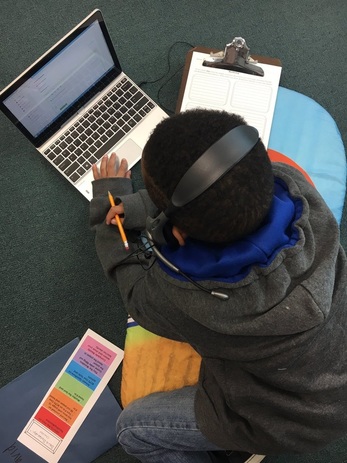
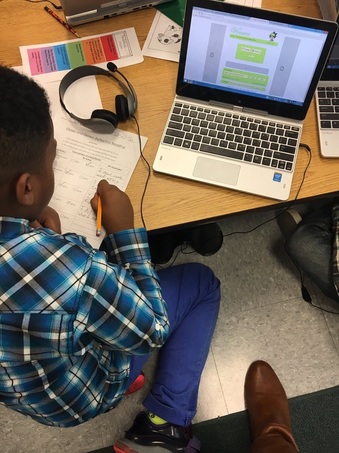
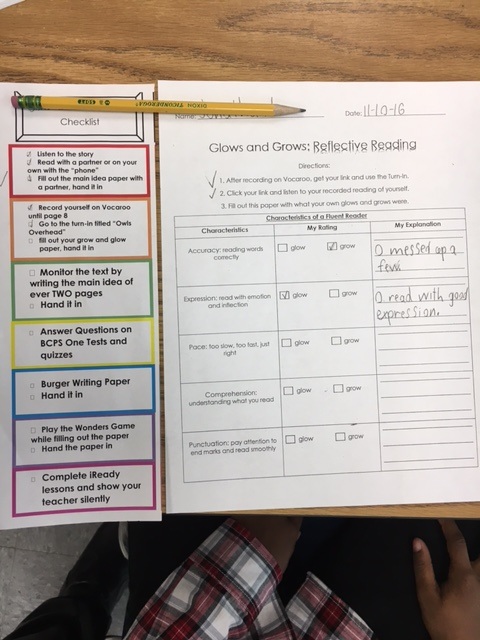
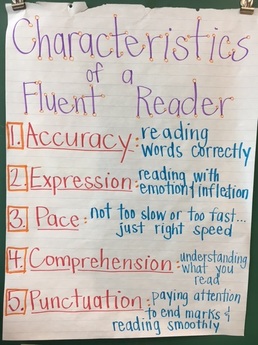
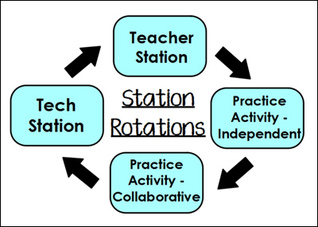
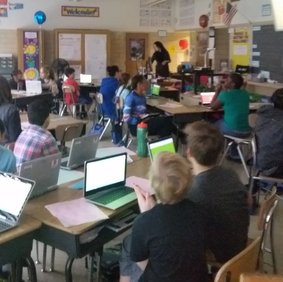
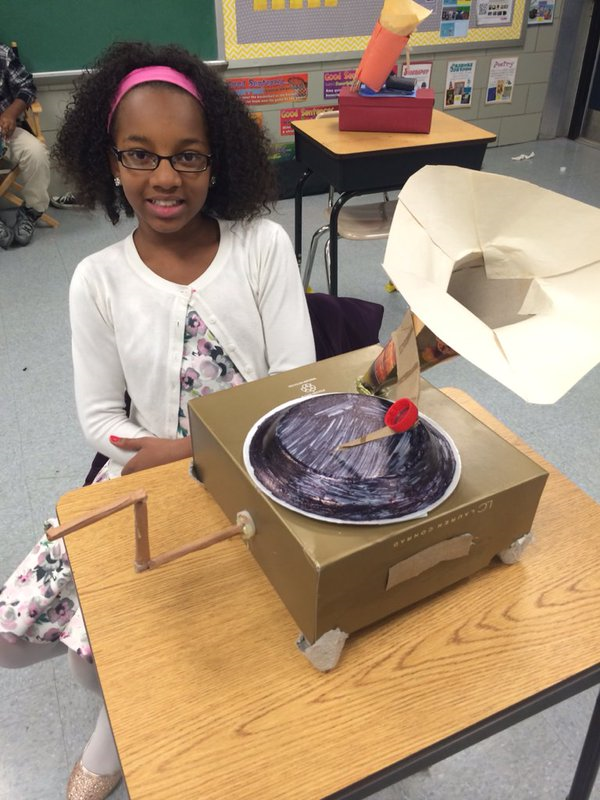
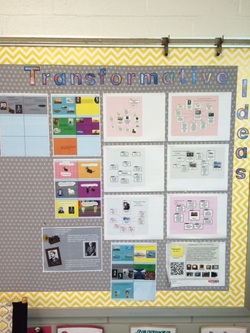
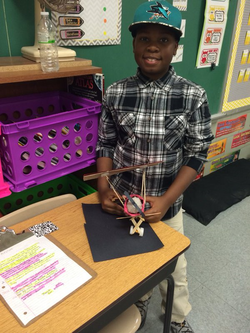
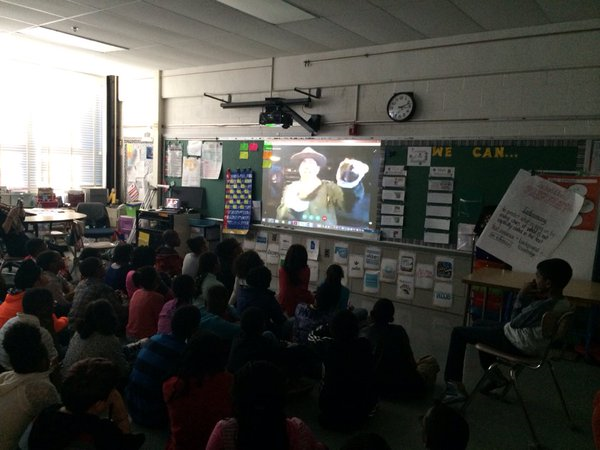
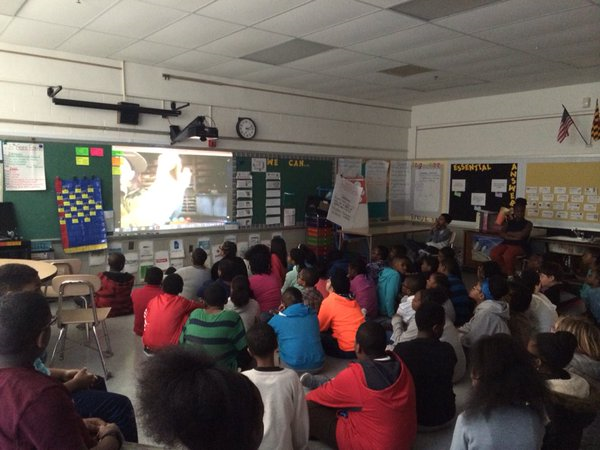
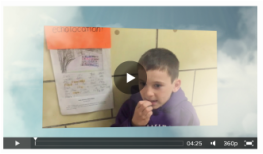
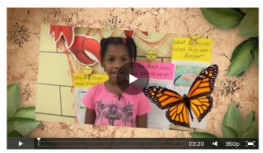
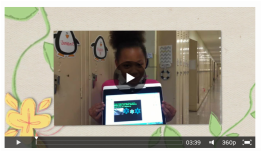
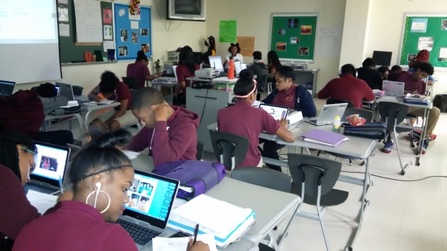
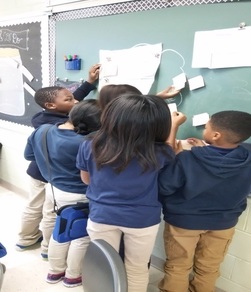
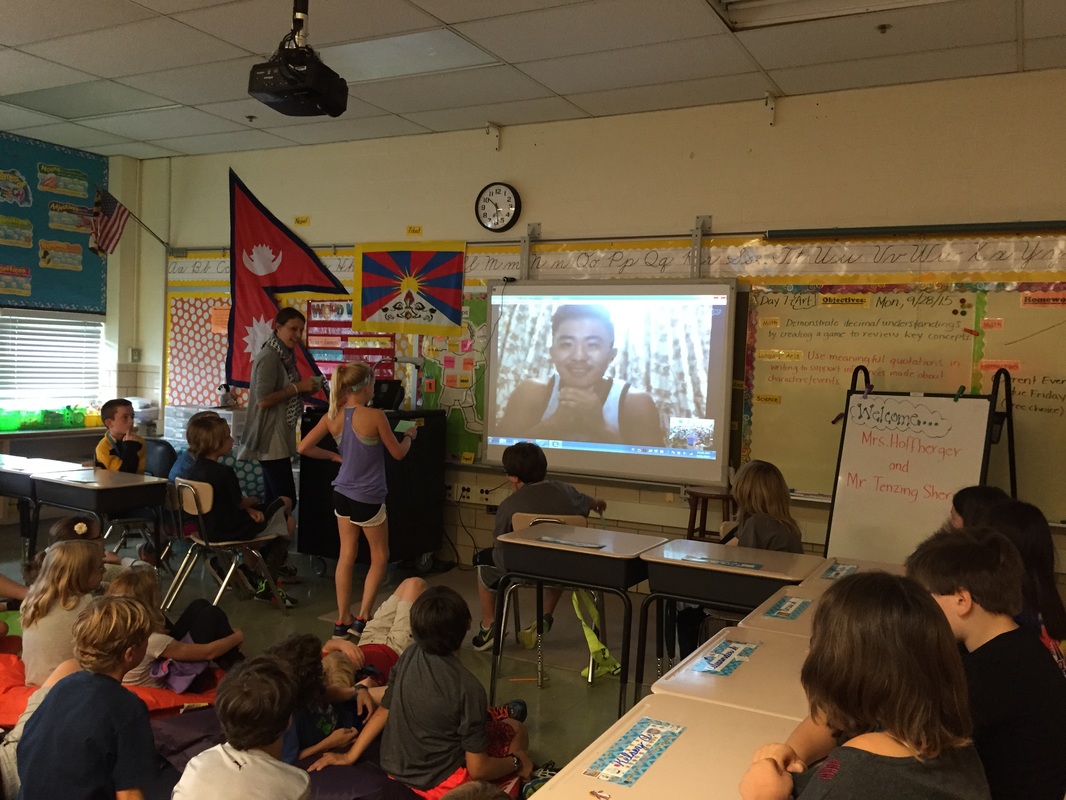
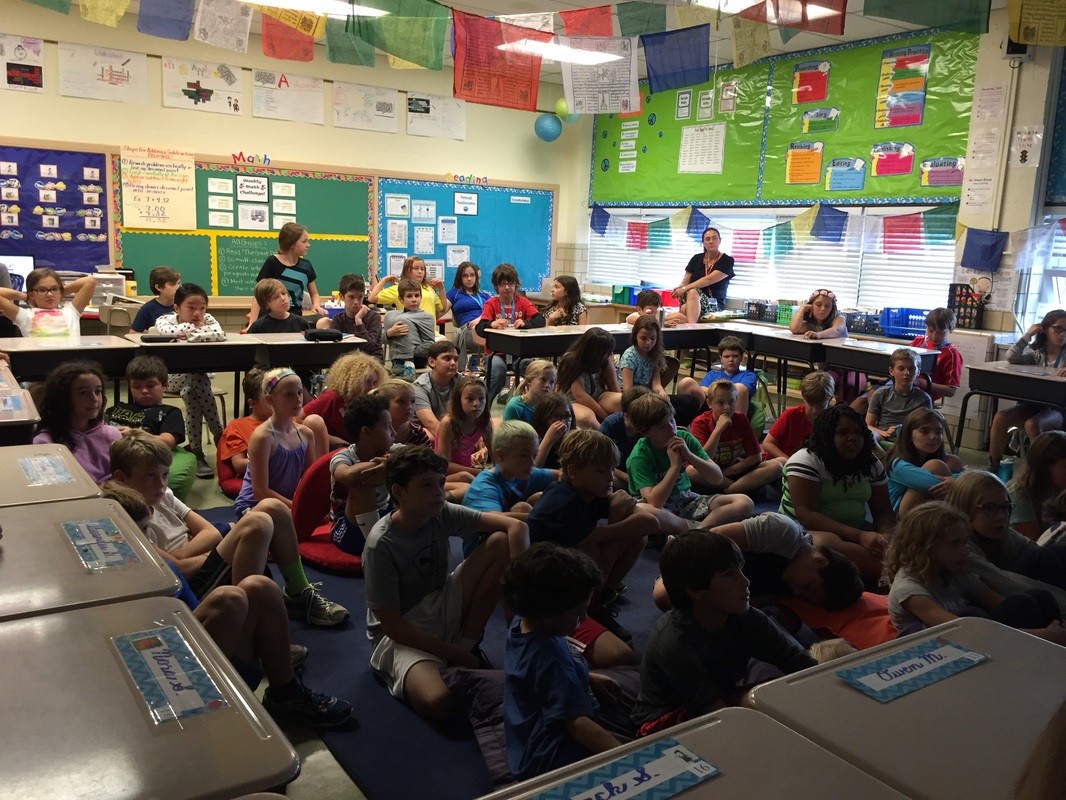
 RSS Feed
RSS Feed
